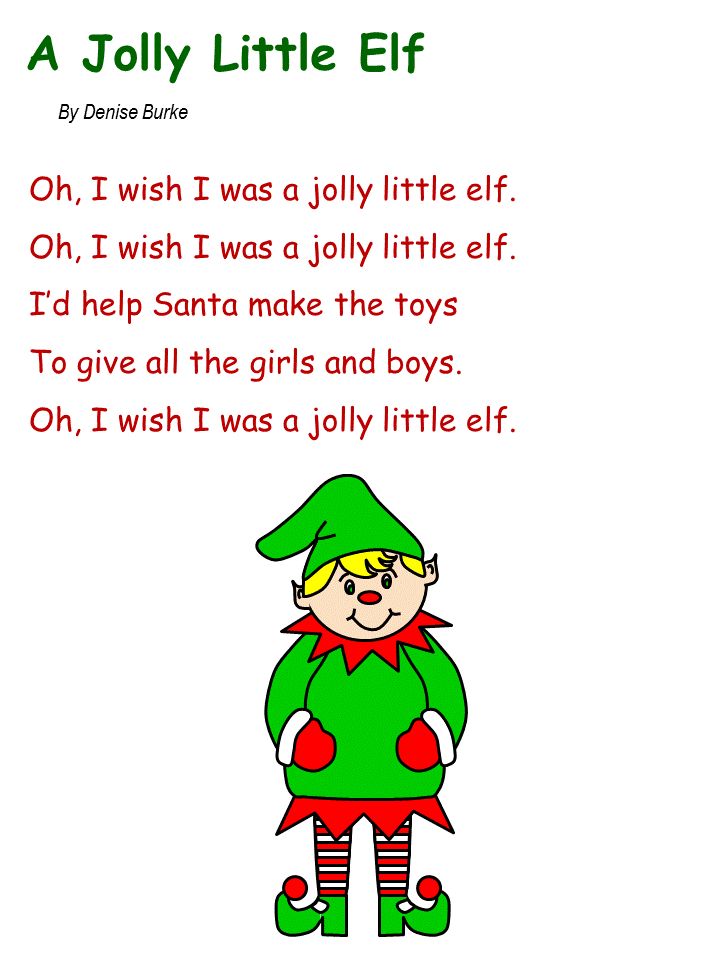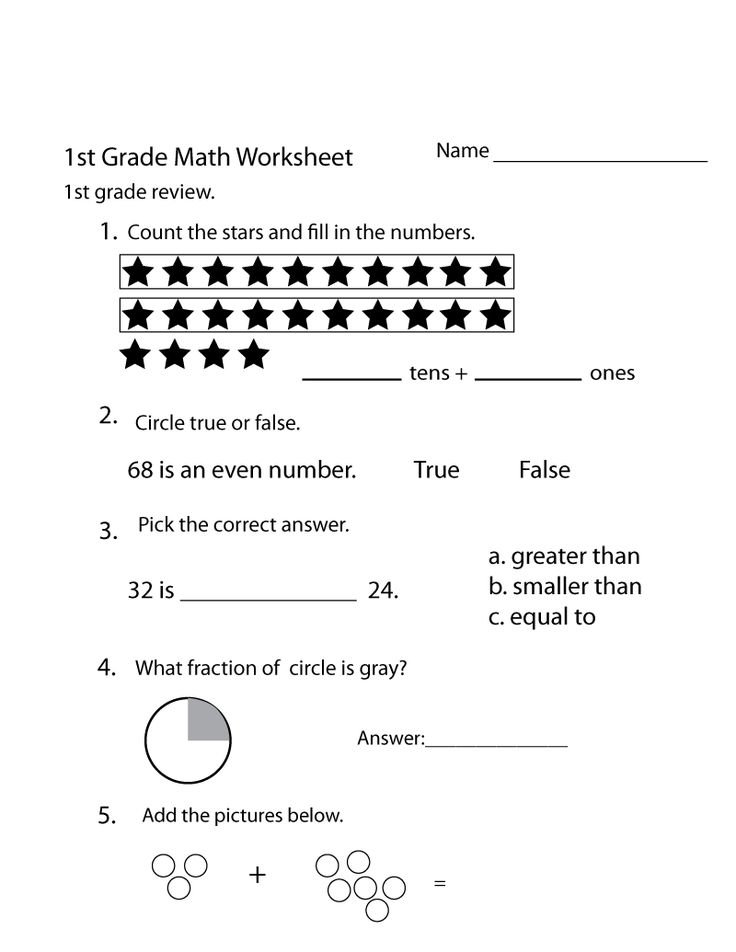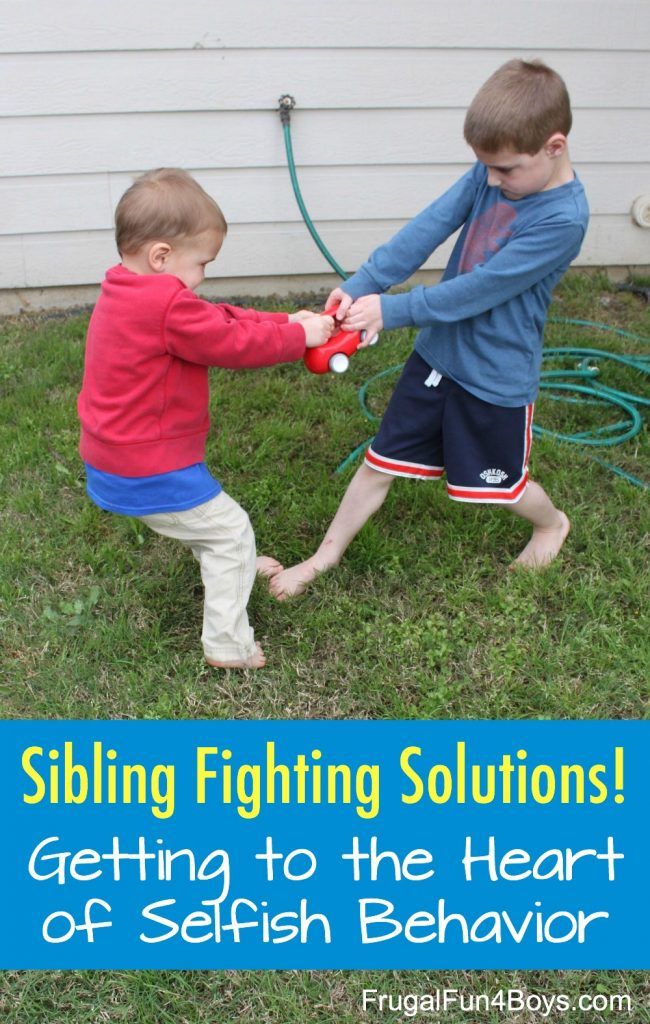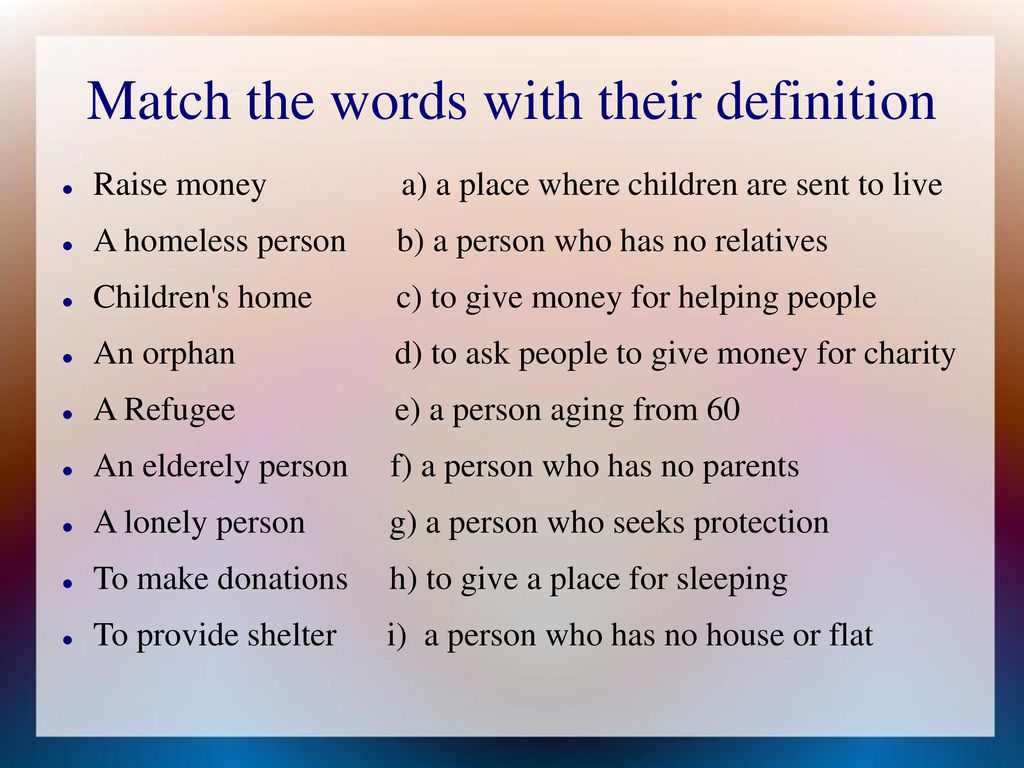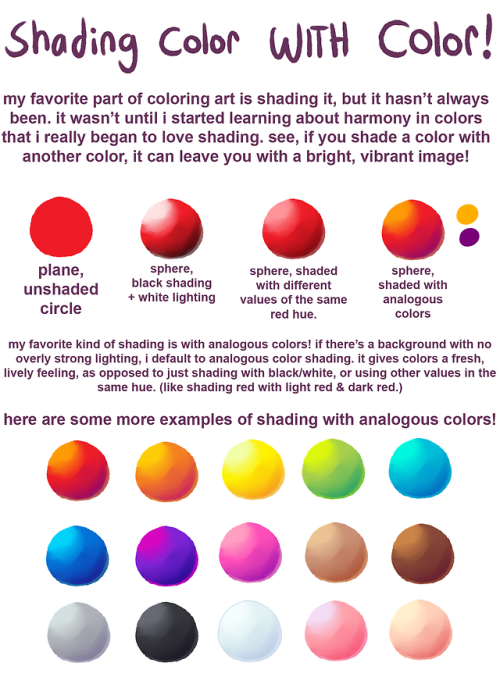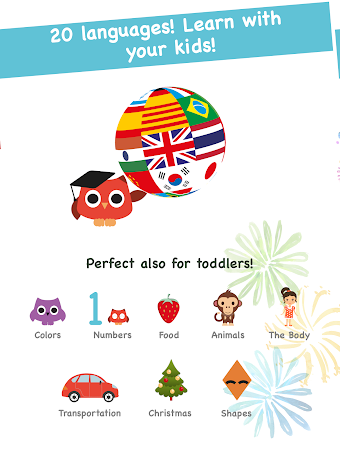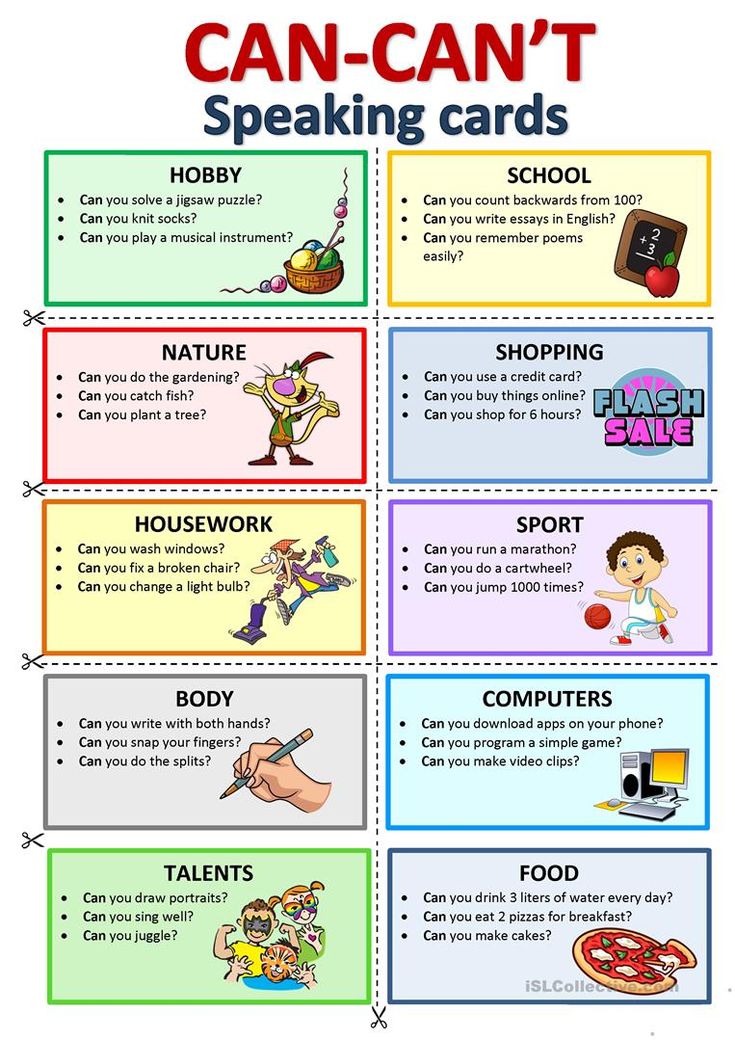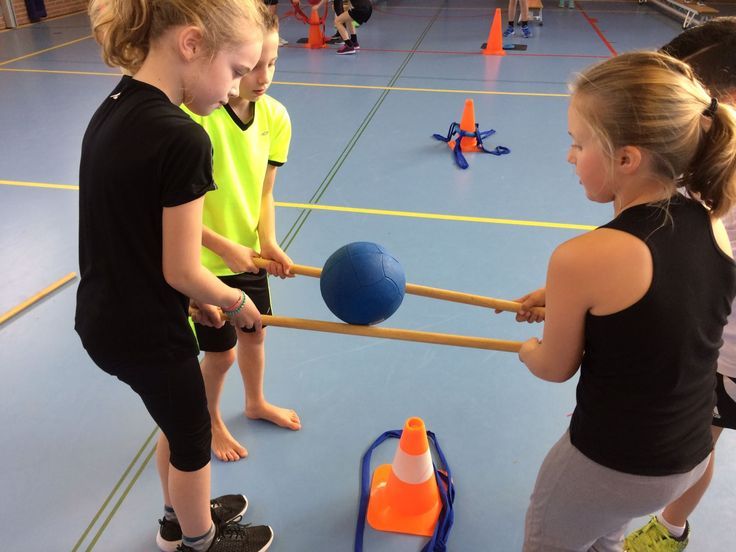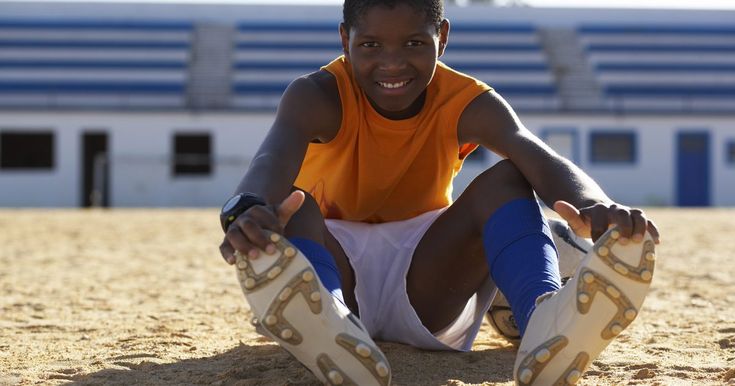Finger pointing while reading
Finger Point Reading: When Is It Ok and When To Move On?
Simply Read With ME
Finger point reading often gets a bad rap! Sometimes parents view finger point reading as a bad habit. Although, it can become one for sure, it is necessary in the beginning stages of reading. Educational researchers have found that “pointing to the print is a critical strategy during the early stages of learning to read” (Reutzel, 1995). It is an important developmental stage and actually shows that their reading is becoming more sophisticated as they are learning more about print.
The very beginning phases of reading include pretend reading, in which readers use previously memorized text and pictures to “read” the story. Beginning readers can often match the story to the correct page or picture. However, they have no concept of what an individual word is or that one spoken word equals one written word. This idea is called
concept of word. This happens partly because there are no clear separations in our oral speech, our words are often blended together as we communicate. Researchers have found that moving students from the pretend reading phrase to the finger pointing phrase is a great way to move children into more independent and successful reading.
Why Finger Point Reading Is Helpful
- Children learn where words begin and end on a page
- Children learn that when we read, print moves from left to right and from the top to the bottom
- It can help children learn about different print features such as: lines, words, phrases, spaces, and punctuation
- It helps children understand the Alphabetic Principle. Our speech is made up of individual sounds (phonemes) that translate into letters and those letters are combined together to make words that ultimately carry meaning
How Can We Help Early Readers Begin To Finger Point?
- Show them how with easy, predictable books (books where the message, story line and pictures match…think Brown Bear, Brown Bear What Do You See)! When snuggled up together reading, you can model it for them to show them how to point to each word as it is spoken
- Draw special attention to each word and the spaces that separate them, you can also draw attention to certain letters or punctuation
- Help them to recognize a word in print
- Help them begin to develop an understanding of letter sound associations such as “Oh this word begins with a c, we know what that says, it says…” Or helping them draw attention to words that are similar or rhyme, you could say things such as “Oh look, these two words end the same, so they sound similar.
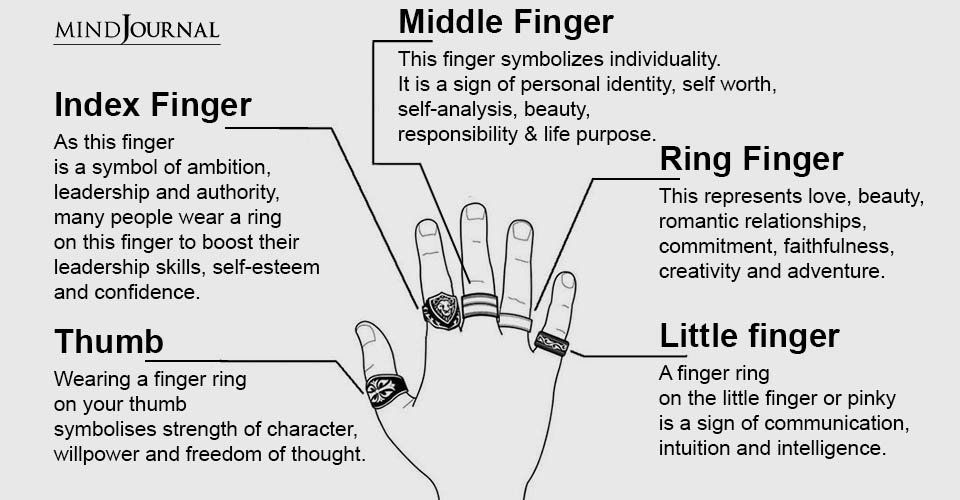 ” Or “I see the word cat, what is a word you can think of that rhymes with cat?”
” Or “I see the word cat, what is a word you can think of that rhymes with cat?” - Talk to them about how the words on the page tell the story and the story is not just invented from the pictures
** Just a note here! Don’t lose sight that books are meant to be enjoyed and always make it a positive experience. I like to practice finger pointing on a book that we have read many times and that they enjoy, this makes it an overall better experience. If they are just not that interested or are resistant, d on’t worry about it. Try again at another time!
When Is It Time To Move On?
- Once your growing reader understands what individual words are and the relationship that one spoken word equals one written word, you can begin to focus on sweeping through the words in a sentence instead of the earlier point and peek method. You can easily show them how to do this as you read with them.
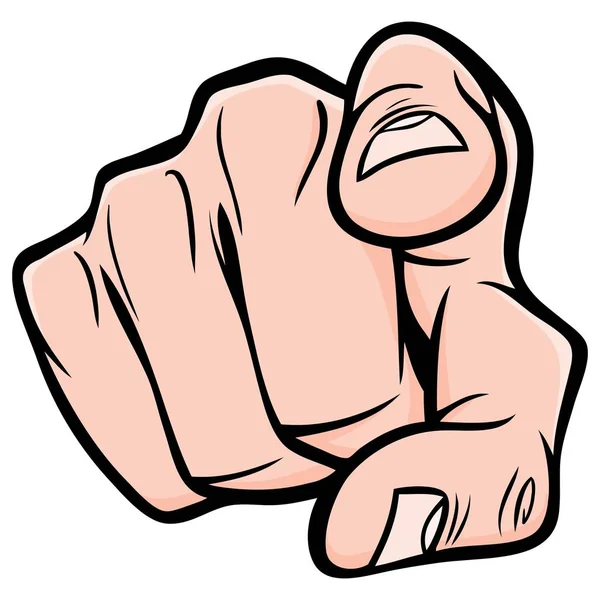
- Children will learn the process of sliding their finger a little ahead of where they are actually reading by watching you demonstrate it for them.
- Some students may temporarily do what is called voice pointing where they bob their heads as they keep time with the words to help them keep their place.
- Continuing to read aloud to them often shows them what fluent reading sounds like.
** Also an important note here: It is important for children from the beginning to understand that reading is not just about the words and letters on the page but is most importantly about meaning and of course enjoyment! Additionally, if children continue to finger point after it is no longer needed, it can begin to effect their fluency and comprehension.
Happy Reading!
Sources:
Garan, E. M. (2007). Smart answers to tough questions: What to say when you’re asked about fluency, phonics, grammar, vocabulary, SSR, tests, support for ELLs, and more. New York, NY: Scholastic.
New York, NY: Scholastic.
Reutzel, D. R. (1995). Fingerpoint-Reading and Beyond: Learning About Print Strategies. Reading Horizons, 35(4).
If you enjoyed this post about finger point reading for early readers, you may also enjoy these posts:
- Oral Reading Fluency & Why Its So Important
- Developmental Spelling Stages: What They Are and How It Can Help Us!
- Letter Knowledge: Children Can Begin To Read Sooner Than You Think
- Reading Readiness: How Do I Know If My Child Is Ready to Read?
When to Say "So Long!" to Finger Pointing
Mrs. Arentz
Hello Literacy Land Readers! I'm dropping in today to talk about...
Finger pointing, or having children point to each word as they read is a common practice for emergent readers.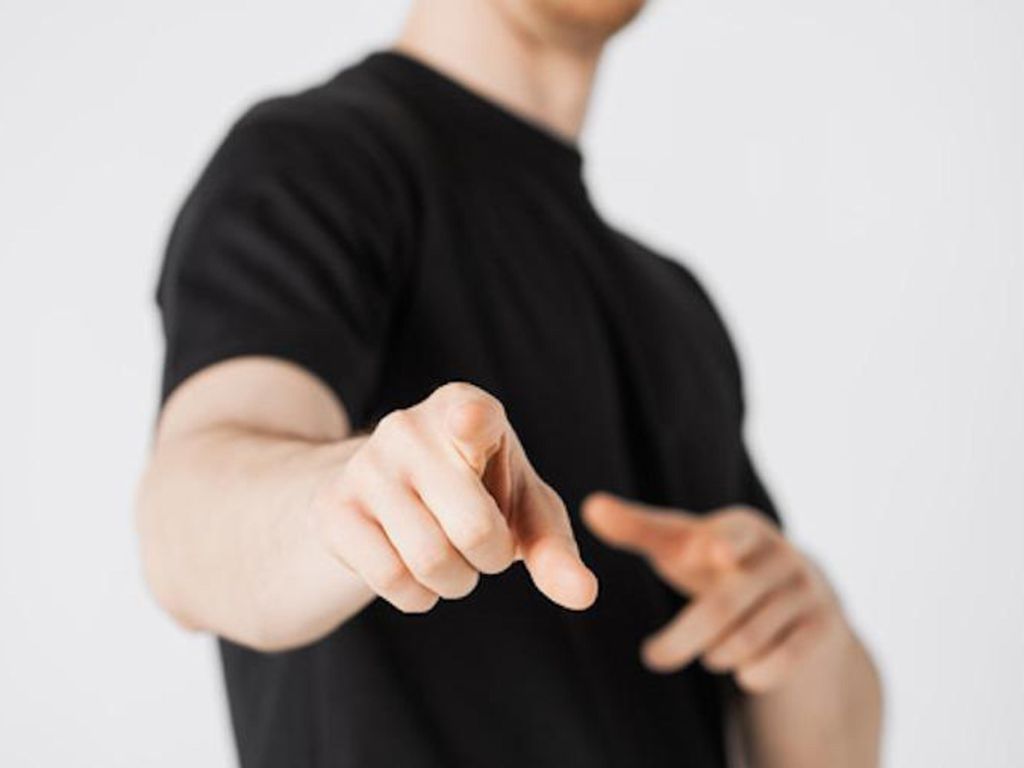 Finger pointing helps the reader learn to look carefully at print. It supports two early reading behaviors, directional movement and voice-print match.
Finger pointing helps the reader learn to look carefully at print. It supports two early reading behaviors, directional movement and voice-print match.
However, there comes a time when readers should learn to rely on their eyes rather than their fingers.
When a reader points as he reads, he is forced to slow down, which limits fluency and often causes him to sound robotic. Pointing can prevent students from growing into fluent, expressive readers.
Once students show evidence of correct directional movement and master one-to-one correspondence, it is time to say 'so long' to finger pointing.
When I sense that my students are ready to move to eye-tracking, (usually at a Fountas and Pinnell Level D), we have a little good bye ceremony for the pointer finger. We literally "kiss" that finger good bye. While many students will outgrow the use of finger pointing on their own, others will need some guidance.
Try using the following strategies to move your students from finger pointing to eye-tracking:
Read in Phrases
Explain to students that when their mouth is saying a word, their eyes should be moving ahead to get ready for the next few words.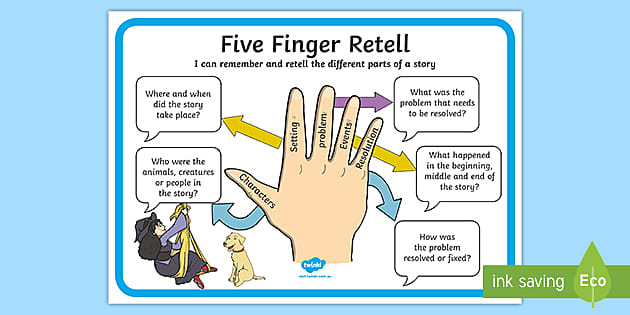 Demonstrate the how it sounds to read word by word and how it sounds to read words grouped together in short phrases. Students need to hear the difference. Looking ahead to upcoming words also helps students prepare for upcoming punctuation.
Demonstrate the how it sounds to read word by word and how it sounds to read words grouped together in short phrases. Students need to hear the difference. Looking ahead to upcoming words also helps students prepare for upcoming punctuation.
Work Out Tricky Words
Teach students that it is okay to use their finger when they come to a difficult word. By using their finger, they can isolate parts of the word and tackle them one chunk at a time. Remind students to remove their finger as soon as the word is decoded. Then go back and reread the sentence smoothly to get the meaning.
Keep Your Place
It is common for some students to lose their place as they read. As students progress through the reading levels, the font of the text decreases and the length of the text increases, often resulting in students skipping lines as they read. When this happens, encourage students to ask themselves if what they are reading makes sense and sounds right. Using this cuing will often solve the issue.
However, for students who consistently skip lines, you may want to try a sliding tool like a bookmark or index card. The student can slide it down the page as they read. The sliding tool allows them to keep their place in the text while still being able to read the line of text ahead. Some teachers have students place the slider above the line the student is reading. This allows students to train their eyes to make the return sweep to the next line (without the slide tool covering the words). Other teachers prefer that students use a finger to point at the beginning of each line the child is reading. As the student's visual tracking improves this strategy should be phased out.
The ultimate goal is to read without the use of finger pointing or sliders so that readers can focus on the meaning of the text.
Subscribe to: Post Comments (Atom)
Why you shouldn't point a finger at a person
If you point a finger at another person, this gesture will not be perceived as positive, because everyone is taught from childhood that pointing fingers is not good.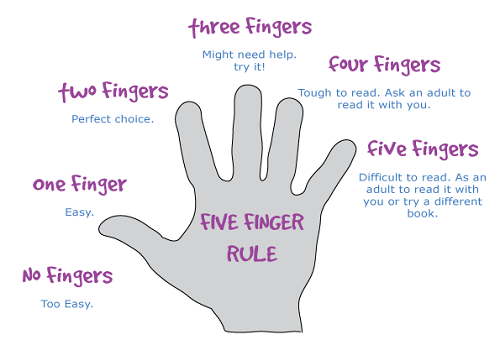 This is ugly, a sign of bad education, and such a person will be treated with coolness. However, in ancient times, such an act could lead to serious consequences, up to and including injury.
This is ugly, a sign of bad education, and such a person will be treated with coolness. However, in ancient times, such an act could lead to serious consequences, up to and including injury.
Historical background
On some lower instinctive level, pointing a finger at another person is ugly. The negative attitude that accompanies this sign has come down through the ages. Even 4000 thousand years ago, the “pointing finger” was a symbol of threat, warning. The Code of Hammurabi, which has survived to this day, says that even in ancient Babylon, such behavior was considered defiant and aggressive.
Many centuries ago, during the reign of King Hammurabi in Babylonia, pointing a finger at a person was an unheard-of impudence. Pointing a finger at a person means pointing a weapon at him, this is the same as threatening him with the tip of a spear or arrow, so such an action has always been seriously punished. It all started with a showdown, and ended in bloodshed.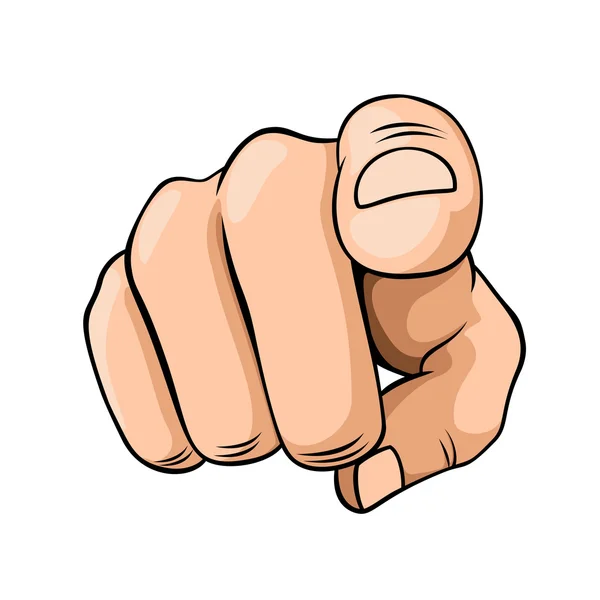
King Hammurabi even introduced a law: those who point a finger at another were supposed to pay a fine. Ancient history also recorded cases where such a serious offense was punished by cutting off a finger if the offender did not have the required amount.
The poor had a harder time living in Ancient Babylon. No one investigated the prerequisites for the offense - the fate of the beggars was decided immediately on the spot. If a person belonged to a privileged nobility, he had a chance to stand up for himself in a court headed by the ruler of the country himself.
The king carefully examined each offense, weighed the seriousness of the offense and issued a verdict. Sometimes the decision turned out to be very cruel, so it is not surprising that children were taught from infancy to be on the alert and watch their hands.
What happens if you point a finger at another person today
In modern times, no one will start a fight if someone points a finger at him, "pointing finger" will not cripple anyone.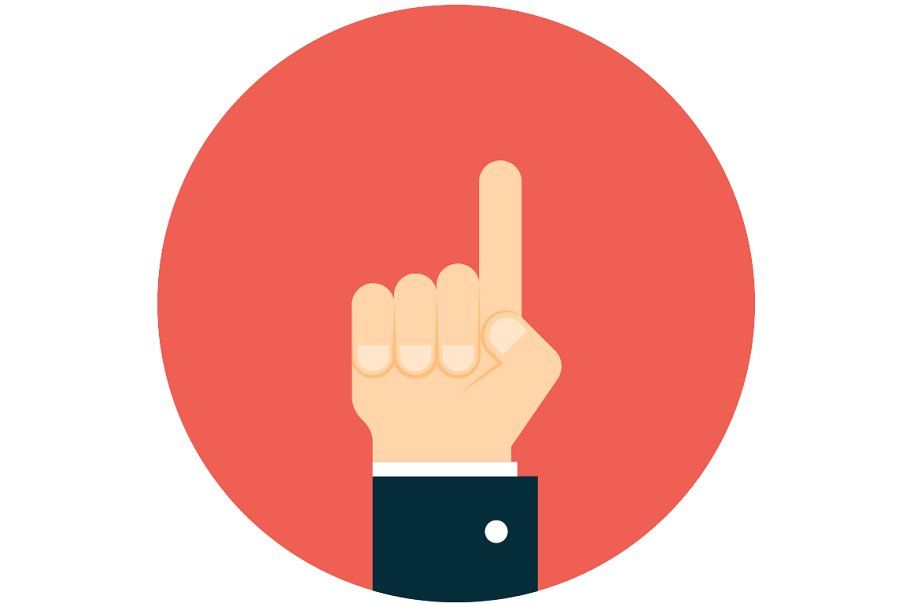 Despite this, pointing the finger at another is indecent and is associated with poor education, because parents still teach children to take care of themselves.
Despite this, pointing the finger at another is indecent and is associated with poor education, because parents still teach children to take care of themselves.
And yet, some famous people do not neglect this gesture and love to gesticulate violently in public. This also applies to former US President Barack Obama, who was famous for waving his index finger during speeches.
Some esoteric followers sincerely believe that pointing a finger at another person means doing irreparable harm to his aura. Individuals with a weak character and will, as well as those with weak energy, are in particular danger.
Those who do not consider themselves followers of esoteric teachings do not point fingers because it is simply ugly. In society, it is believed that if you point your finger at someone during a conversation, it may seem to that person that they are discussing him behind his back, and even not in the best terms.
Click to share and leave a comment:
It is advisable /mustahabb/ to continue pointing with your finger during tashahhud until the end of the second greeting
Praise be to Allah.![]()
First.
From Sunnah prophet, yes bless his Allah and welcomes, and descriptions his prayers reliably it is known that he raised pointing finger in time prayers. in detail, With cast evidence about it said on our site in answers to questions No. 7570 and No. 11527.
Second.
Scientists fiqh they said that if a person made a sign index finger in any parts of tashahhud, he already converted the Sunnah into life and followed in his prayer example prophet, yes bless his Allah and welcomes. Disagreements there is only about more preferred place to get up finger.
Sheikh 'Umeira ash-Shafi'i (d. in 957 H.) said:
If praying will do it (raising fingers - approx. per.) any from mentioned above images, he already commit sunnah. But disagreements exist relatively where better (lift up finger) (Hashiya ‘Umeira. T. 1. S. 188). See also: al-Majmu' an-Nawawi (T. 3. S. 434).
Disagreement on preference one uplift image finger to another refer to issues of ijtihad.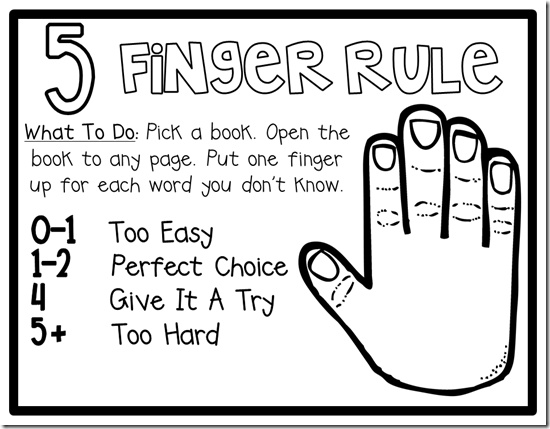 Since in texts, which transmitted on this subject no. clarity.
Since in texts, which transmitted on this subject no. clarity.
B hadith from Ibn ‘Umar yes it will satisfied Allah them and his father says: If prophet, yes bless his Allah and welcomes, got into time prayers, he pinned your hand on knee, raised next to big finger and lifted up to them plea. BUT left hand lay prostrate on another) knee (at-Tirmizi. No. 29four). At-Tirmidhi said: Hadith Ibn ‘Umar is good unknown /gharib/ hadith. We know this hadith only by this chain, from ‘Ubeydullah Ibn ‘Umar. Some scientists from associates prophet, yes bless his Allah and welcomes, and from the followers associates practiced (indication finger) to accordance with this hadith and chose indication in tashahhud. Takovo opinion and our associates (followers hadith - approx. per.). Al-Albani to Sahih at-Tirmizi said that hadith reliable.
Words … raised next to big finger and offered them a prayer indicate what an uplift finger begin with moment pronunciation prayers / dua / during tashahhud.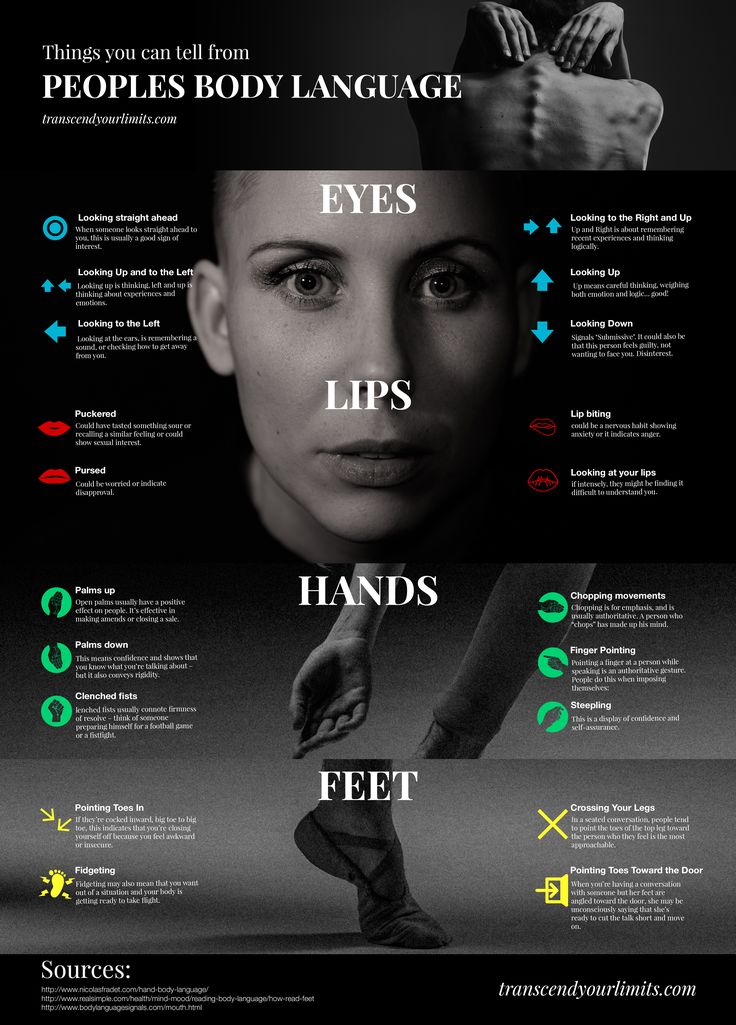 The plea begins With pronunciation words evidence on the recognition of monotheism and confirmation unity Allah. And this better for order to the prayer was accepted. After this praying pronounces Allahumma's supplication sally 'ala Muhammad... and continues tashahhud to the end, until will finish prayer. What concerns the beginning of tashahhud from the words of At-tahiyyatu li-llahi... and to the words ... wa 'ala ‘ibadi-Llahi-s-salihin, then this is not pleading. it praise Allah and greetings His slaves.
The plea begins With pronunciation words evidence on the recognition of monotheism and confirmation unity Allah. And this better for order to the prayer was accepted. After this praying pronounces Allahumma's supplication sally 'ala Muhammad... and continues tashahhud to the end, until will finish prayer. What concerns the beginning of tashahhud from the words of At-tahiyyatu li-llahi... and to the words ... wa 'ala ‘ibadi-Llahi-s-salihin, then this is not pleading. it praise Allah and greetings His slaves.
Traditions, who are on this topic has reached from associates and them followers, prove what is under the sign index finger implied indication of monotheism and sincerity. One finger is practical the confirmation faith in One Allah Who doesn't associate. And this corresponds what finger pointing starts from words evidence Ashkhadu al-la ilyaha il-la-llah.
Therefore Ibn 'Abbas, yes it will happy with it Allah, said: This is sincerity.
Ibrahim an-Nakha'i, yes have mercy on him Allah, said: If man in time prayers will make a sign finger, then OK.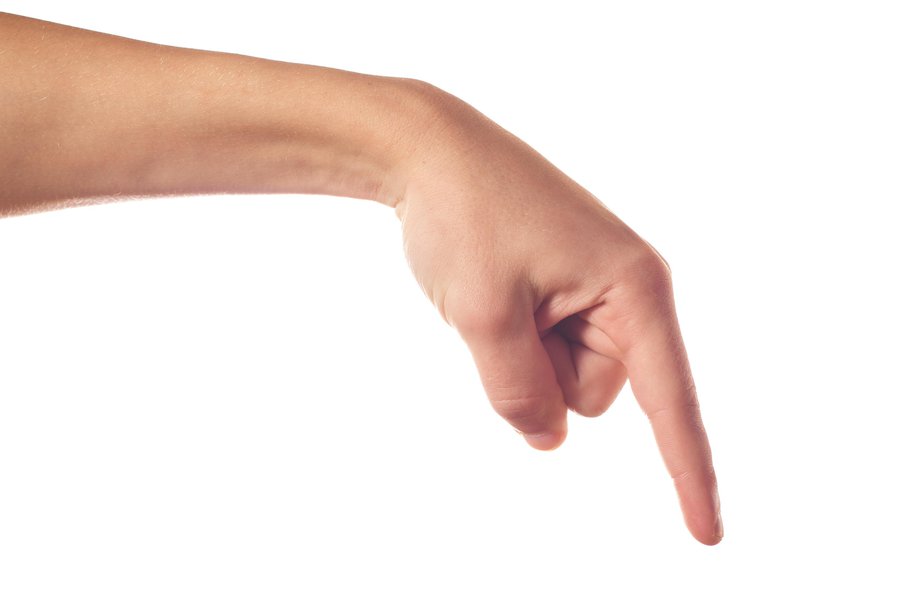 It - monotheism. Both legends leads Ibn Abi Sheiba in al-Musannaf (Vol. 2, p. 368).
It - monotheism. Both legends leads Ibn Abi Sheiba in al-Musannaf (Vol. 2, p. 368).
These are clarification opinions scientists, which said that sign start index finger account for to the first word evidence about unity.
What same concerns his ending, then companions, which passed on legends that the prophet Yes bless his Allah and welcomes, raised pointing finger, not they said that he returned his. That's why, finger should keep raised to graduation greetings, because all last part of tashahhud there is a prayer.
Abu ‘Abdullah al-Harashi al-Maliki (d. 1101 AH), have mercy his Allah, said: C the beginning of tashahhud to its end: from "I testify that is not god worthy worship, other than Allah and what Muhammad - His slave and envoy" <...> and before graduation greetings, even if tashahhud will be long (Sharh Mukhtasar Khalil. T. 1. S. 288).
Shafi'i agreed with Maliki and they said what a sign necessary do at two testimonies, but they spoke more in detail on this question and perhaps for this necessary proof of.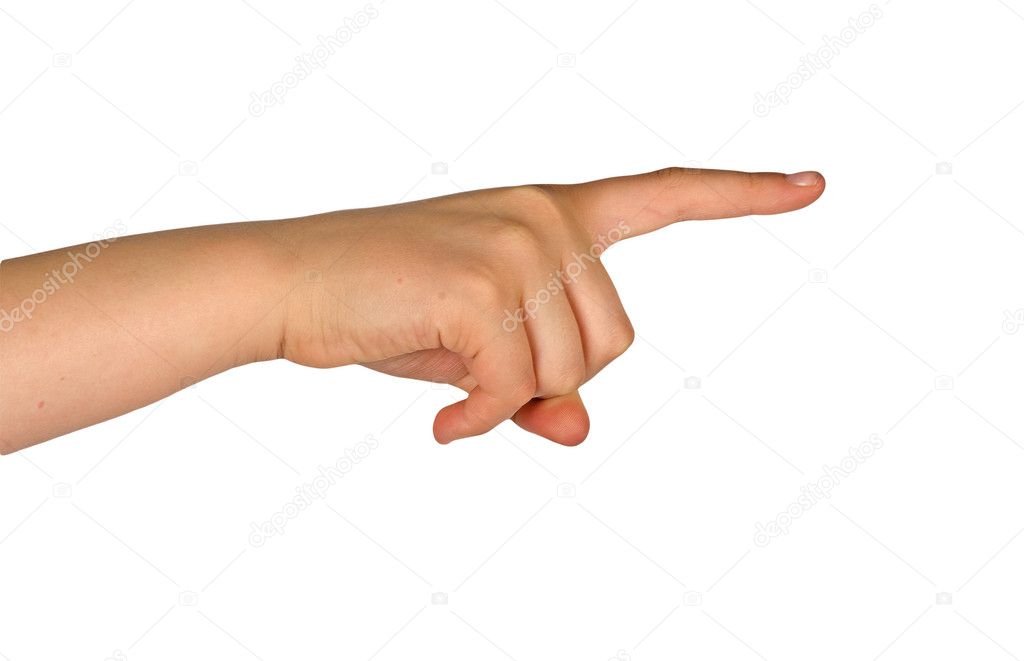 They said: "Start uplift finger account for on that the moment when he pronounces hamza from the words "... except Allah (illa-Allah)".
They said: "Start uplift finger account for on that the moment when he pronounces hamza from the words "... except Allah (illa-Allah)".
Imam an-Nawawi, yes have mercy on him Allah said: AT accordance with everyone opinions and parties (to those who pray) desirable make a sign index finger right hand. He raises him when reaches the hamza in the words "no god worthy worship, except Allah (La ilaha illa-llah) "... (al-Majmu' sharh al-muhazzab. T. 3. S. 434).
Imam al-Ramli ash-Shafi'i, yes have mercy on him Allah, said:
He raises him at the words "... except Allah (illa-llah)" and starts lifting with hamza, following hadith, which the handed over Muslim. <…> Obviously or it is clear that he leaves its uplifted before getting up or up to greetings. What concerns research groups over later scientists with regards to that finger need return, then this is contradicts words, which transmitted from scientists Shafiites (Nihayatu-l-muhtaj. T. 1. S. 522).
Among scientists were those who said what a sign have to do from the start of tashahhud because he fully is pleading. AT hadith reliably transmitted, that the messenger Allah used pointing finger at plea to Allah. AT beginning of tashahhud words are read At-tahiyyatu li-llahi ... and this is praise Allah before start prayers and this refers to prayer, and doesn't come out outside of it.
AT hadith reliably transmitted, that the messenger Allah used pointing finger at plea to Allah. AT beginning of tashahhud words are read At-tahiyyatu li-llahi ... and this is praise Allah before start prayers and this refers to prayer, and doesn't come out outside of it.
Sheikh-l-Islam Ibn Taymiyyah, have mercy his Allah, said: do sign by one finger in tashahhud and in prayer desirable (al-Ikhtiyarat. S. 38).
In fatwas Permanent Committee says: Sign finger in tashahhud time and movement while praying, as well as contraction (other) fingers in fist continues before greetings (Fataua-l-lyajnati-d-daima. T. 7. S. 56).
Any case, this question is the question of ijtihad, and here is disagreements. Opinions that's why about concern only one from secondary questions image prayers. That's why there is no sin in that somebody adheres to another opinions considering his opinion more faithful to accordance with evidence.
In fatwas Permanent Committee also says: uplift index finger in tashahhud time is sunnah.

